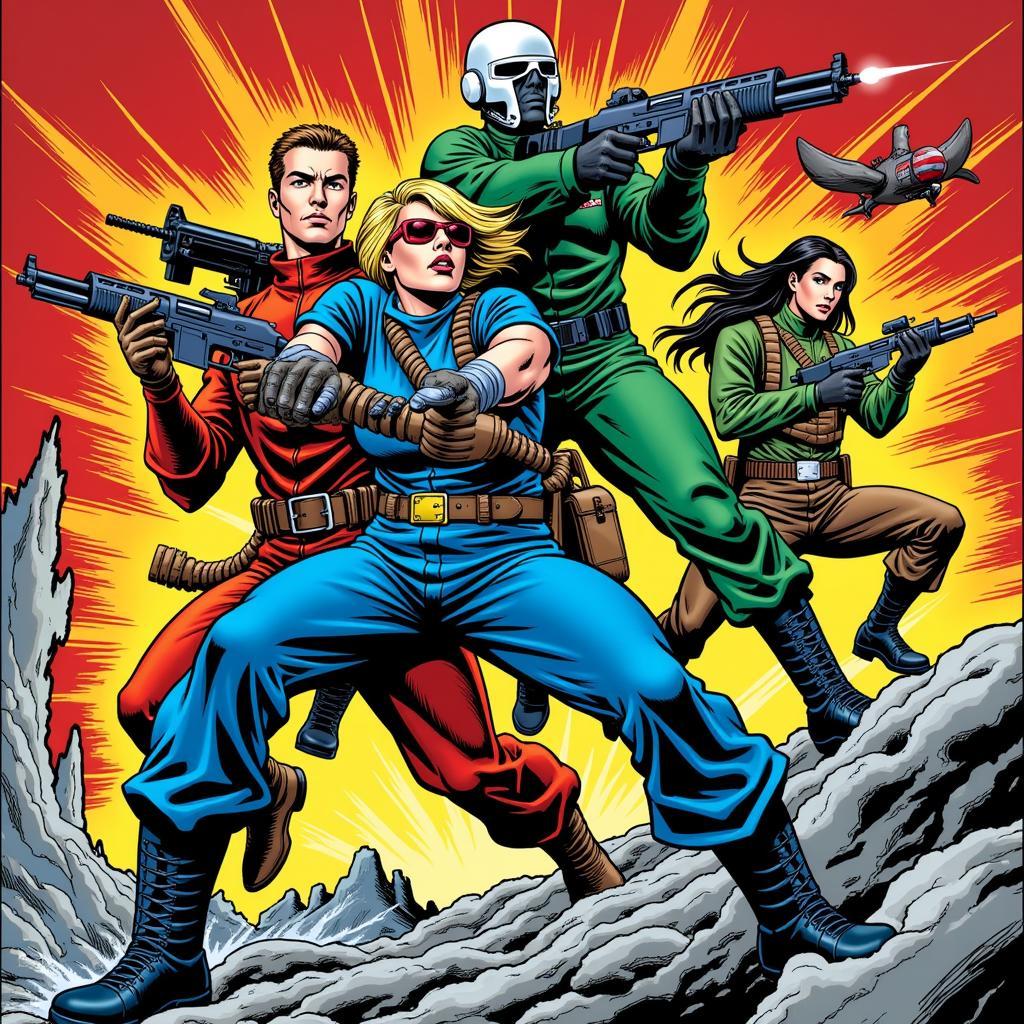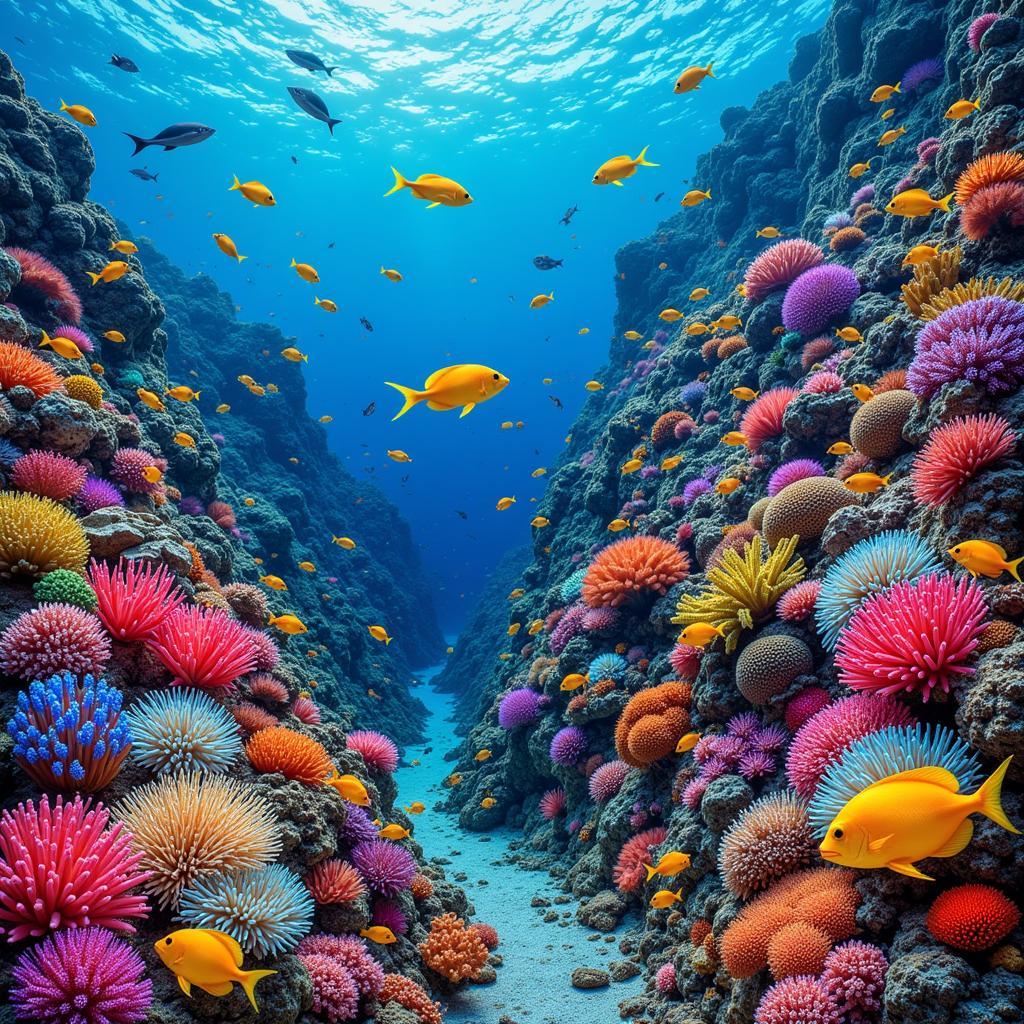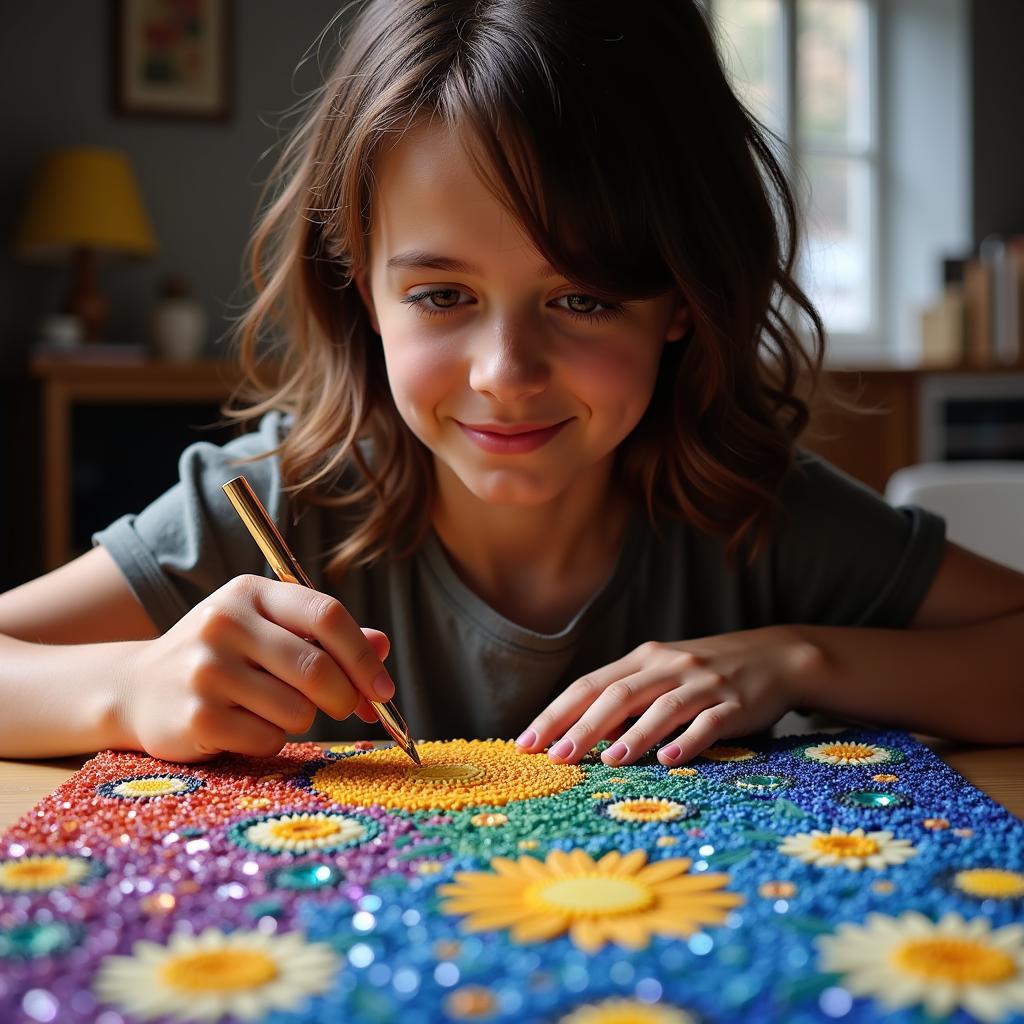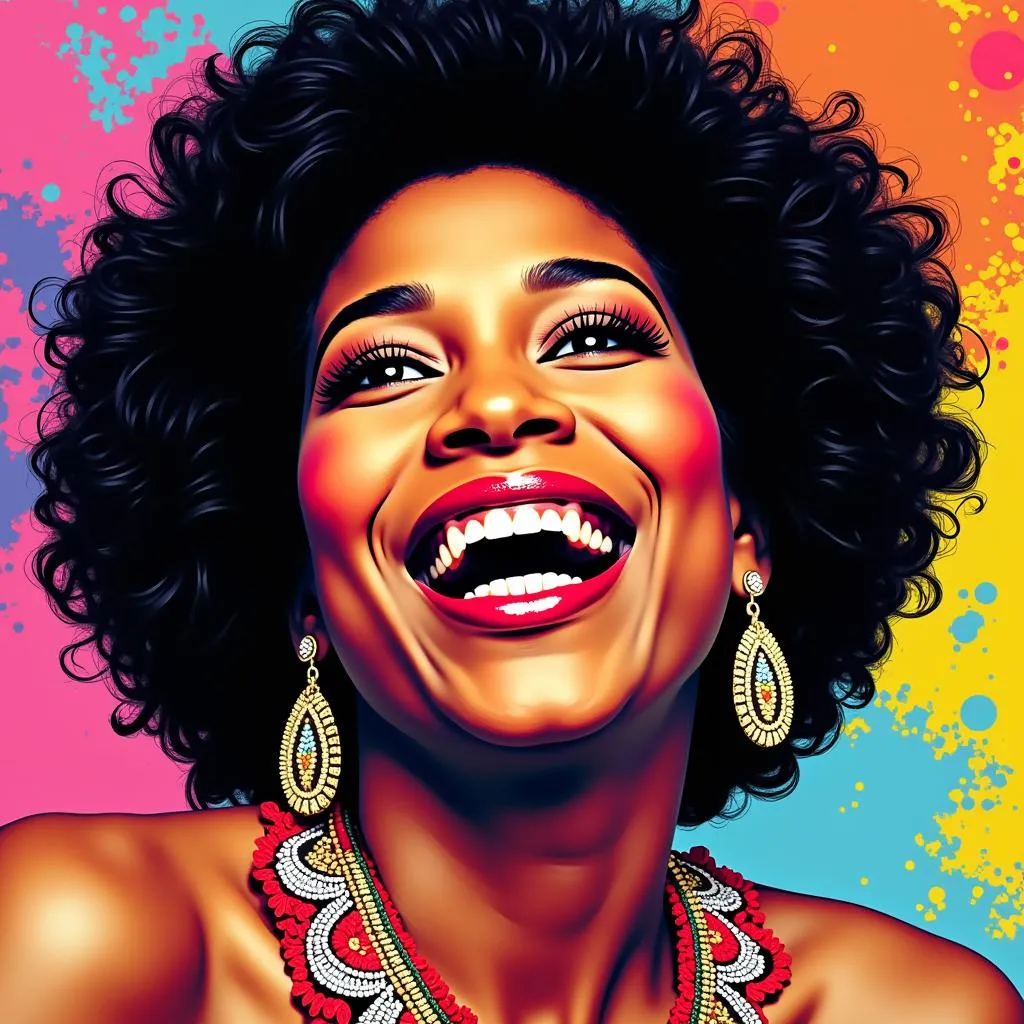G.I. Joe Comic Art: A Commando Raid Through History
G.I. Joe comic art occupies a vibrant battleground where nostalgia and artistic ambition collide. For decades, these illustrations haven’t just chronicled the adventures of the iconic action figures, but have also reflected evolving styles in comic book art, capturing the imagination of generations. From the bold lines of early issues to the gritty realism of modern interpretations, exploring G.I. Joe comic art offers a fascinating glimpse into the evolution of visual storytelling and the enduring legacy of these real American heroes.
The Genesis of G.I. Joe Comic Art: From Panels to Plastic
While G.I. Joe might conjure images of action figures battling Cobra, the franchise’s journey into the world of art began in the pages of comic books. Marvel Comics launched the series in 1982, coinciding with the release of the 3.75″ action figures. The comic book, a daring move for its time, embraced a mature tone and complex narratives, a far cry from the light-hearted fare often associated with toy tie-ins. This sophisticated approach attracted talented artists who viewed G.I. Joe not just as a job, but as a canvas for powerful storytelling.
 Early G.I. Joe Comic Book Cover Art
Early G.I. Joe Comic Book Cover Art
Early G.I. Joe comic art, spearheaded by talents like Larry Hama and Herb Trimpe, became synonymous with the franchise itself. Their dynamic panel layouts, detailed depictions of military hardware, and expressive character work breathed life into the Joes and their adversaries. These illustrations weren’t mere recreations of the action figures; they were imbued with a sense of realism and grit that resonated with readers, establishing a visual identity that would influence countless artists to come.
From Line Art to Digital Dominance: The Evolution of G.I. Joe Comic Art
The evolution of G.I. Joe comic art mirrored the broader shifts within the comic book industry. As the years passed, technology played an increasingly significant role, ushering in a new era of digital art. This transition allowed for greater experimentation with color palettes, shading techniques, and even panel layouts, resulting in a more cinematic and immersive reading experience.
 Modern G.I. Joe Comic Art Featuring Digital Techniques
Modern G.I. Joe Comic Art Featuring Digital Techniques
While the tools may have changed, the core elements of strong storytelling remained paramount. Artists continued to emphasize dynamic action sequences, conveying the weight and impact of every explosion and hand-to-hand combat encounter. Facial expressions, often subtle but powerful, revealed the emotional toll of war and the unwavering dedication of the G.I. Joe team.
“The beauty of G.I. Joe comic art is its ability to bridge the gap between generations,” says renowned comic book artist, [insert fictional expert name], known for his work on the G.I. Joe: A Real American Hero series. “It’s a visual language that transcends trends, constantly evolving while still paying homage to its roots. Whether you grew up reading the original Marvel run or are discovering these characters for the first time, there’s a visual dynamism that resonates.”
A Legacy of Covers: The Enduring Allure of G.I. Joe Comic Art
Beyond the narratives contained within, G.I. Joe comic art has left an indelible mark through its iconic covers. Serving as a gateway to the action-packed stories within, these illustrations needed to capture the attention of potential readers instantly. They became a canvas for showcasing the most dramatic moments, memorable characters, and the intense conflict at the heart of the G.I. Joe universe.
The enduring allure of these covers is a testament to the talent of the artists involved and the enduring appeal of the G.I. Joe franchise itself. They are highly sought after by collectors, often considered pieces of art in their own right. Replicated on t-shirts, posters, and even tattooed onto the skin of die-hard fans, these illustrations serve as a visual shorthand for the adventures, camaraderie, and unwavering heroism embodied by the G.I. Joe team.
The Future of Fighting Men: G.I. Joe Comic Art in the Digital Age
As we venture further into the digital age, the future of G.I. Joe comic art appears brighter than ever. With advancements in digital art technology and new platforms for sharing and consuming comics online, artists have an unprecedented opportunity to push creative boundaries and connect with a global audience.
“The key is to embrace the legacy of G.I. Joe comic art while constantly seeking new ways to innovate,” adds [insert fictional expert name]. “The characters, the themes, the sheer scope of the G.I. Joe universe—it all provides fertile ground for artists to experiment and tell stories that resonate with audiences both new and old.”
G.I. Joe comic art remains a powerful reminder of the enduring appeal of these real American heroes. It’s a testament to the power of visual storytelling, reminding us that even in the face of overwhelming odds, courage, determination, and a touch of artistic flair can overcome any obstacle Cobra throws their way.
FAQs About G.I. Joe Comic Art
1. Who are some of the most influential artists in G.I. Joe comic art history?
Several artists have shaped G.I. Joe comic art. Key figures include:
- Larry Hama
- Herb Trimpe
- Don Perlin
- Marshall Rogers
- Frank Springer
2. Where can I find original G.I. Joe comic art for sale?
You can find original G.I. Joe comic art for sale through various channels:
- Online auction sites like eBay
- Comic book conventions
- Reputable comic art dealers
- The Art of G.I. Joe Omnibus
3. Are there any dedicated resources for learning more about G.I. Joe comic art?
Yes, several online resources and fan communities are dedicated to G.I. Joe comic art:
- G.I. Joe fan sites
- Comic book art forums
- Social media groups
4. What is the most valuable G.I. Joe comic book in terms of art and collectibility?
The value of G.I. Joe comics can fluctuate. Factors like condition, rarity, and artist significance impact pricing. Early issues and key issues featuring first appearances are often highly sought after.
5. How has G.I. Joe comic art influenced other forms of media?
The impact of G.I. Joe comic art extends beyond comics:
- Animated series
- Live-action films
- Video game design
- Toy packaging
For any inquiries or support, please contact us at Phone Number: 02462573573, Email: [email protected] Or visit us at: Savico Megamall, 7-9 Đ. Nguyễn Văn Linh, Gia Thụy, Long Biên, Hà Nội 10000, Việt Nam. Our customer service team is available 24/7.




